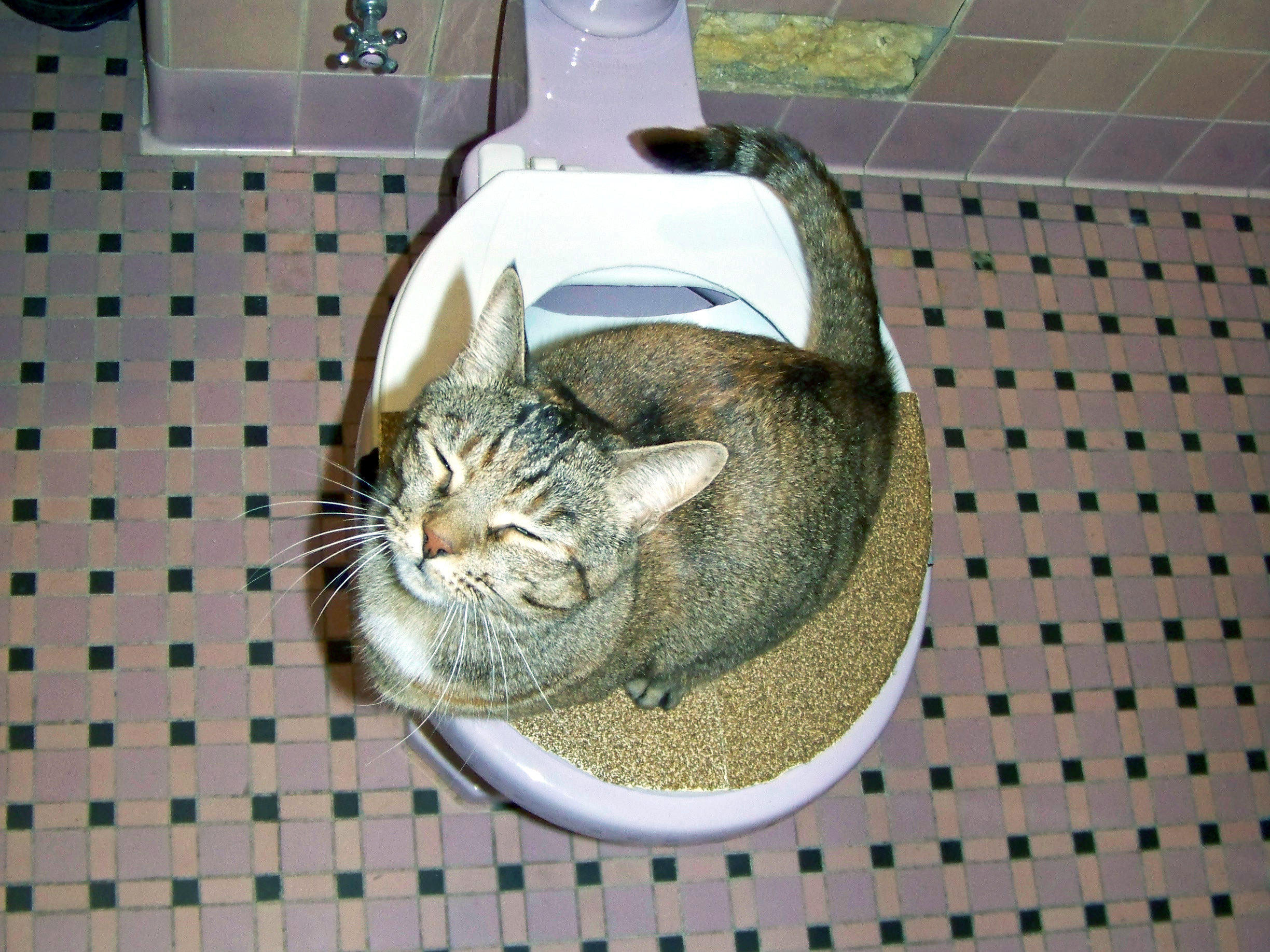How do you feel with regards to Can You Flush Cat Poop Down The Toilet??

Introduction
As feline proprietors, it's vital to bear in mind just how we dispose of our feline friends' waste. While it might appear practical to flush pet cat poop down the bathroom, this practice can have damaging consequences for both the atmosphere and human wellness.
Ecological Impact
Purging pet cat poop presents unsafe virus and parasites right into the water system, presenting a substantial threat to aquatic communities. These pollutants can adversely impact marine life and compromise water top quality.
Health Risks
In addition to ecological worries, flushing feline waste can additionally position wellness threats to humans. Feline feces may contain Toxoplasma gondii, a bloodsucker that can create toxoplasmosis-- a potentially extreme ailment, especially for pregnant females and individuals with damaged immune systems.
Alternatives to Flushing
Fortunately, there are more secure and more liable ways to deal with pet cat poop. Consider the adhering to alternatives:
1. Scoop and Dispose in Trash
One of the most usual technique of dealing with feline poop is to scoop it right into a biodegradable bag and throw it in the trash. Make certain to make use of a devoted trash scoop and throw away the waste without delay.
2. Use Biodegradable Litter
Select eco-friendly cat litter made from materials such as corn or wheat. These litters are environmentally friendly and can be safely taken care of in the garbage.
3. Hide in the Yard
If you have a backyard, consider burying cat waste in a designated area far from veggie yards and water resources. Make certain to dig deep adequate to prevent contamination of groundwater.
4. Install a Pet Waste Disposal System
Invest in a pet waste disposal system specifically developed for cat waste. These systems make use of enzymes to break down the waste, reducing smell and ecological impact.
Verdict
Liable pet possession extends beyond supplying food and sanctuary-- it additionally includes correct waste monitoring. By avoiding flushing cat poop down the toilet and choosing different disposal approaches, we can reduce our environmental footprint and secure human wellness.
Why Can’t I Flush Cat Poop?
It Spreads a Parasite
Cats are frequently infected with a parasite called toxoplasma gondii. The parasite causes an infection called toxoplasmosis. It is usually harmless to cats. The parasite only uses cat poop as a host for its eggs. Otherwise, the cat’s immune system usually keeps the infection at low enough levels to maintain its own health. But it does not stop the develop of eggs. These eggs are tiny and surprisingly tough. They may survive for a year before they begin to grow. But that’s the problem.
Our wastewater system is not designed to deal with toxoplasmosis eggs. Instead, most eggs will flush from your toilet into sewers and wastewater management plants. After the sewage is treated for many other harmful things in it, it is typically released into local rivers, lakes, or oceans. Here, the toxoplasmosis eggs can find new hosts, including starfish, crabs, otters, and many other wildlife. For many, this is a significant risk to their health. Toxoplasmosis can also end up infecting water sources that are important for agriculture, which means our deer, pigs, and sheep can get infected too.
Is There Risk to Humans?
There can be a risk to human life from flushing cat poop down the toilet. If you do so, the parasites from your cat’s poop can end up in shellfish, game animals, or livestock. If this meat is then served raw or undercooked, the people who eat it can get sick.
In fact, according to the CDC, 40 million people in the United States are infected with toxoplasma gondii. They get it from exposure to infected seafood, or from some kind of cat poop contamination, like drinking from a stream that is contaminated or touching anything that has come into contact with cat poop. That includes just cleaning a cat litter box.
Most people who get infected with these parasites will not develop any symptoms. However, for pregnant women or for those with compromised immune systems, the parasite can cause severe health problems.
How to Handle Cat Poop
The best way to handle cat poop is actually to clean the box more often. The eggs that the parasite sheds will not become active until one to five days after the cat poops. That means that if you clean daily, you’re much less likely to come into direct contact with infectious eggs.
That said, always dispose of cat poop in the garbage and not down the toilet. Wash your hands before and after you clean the litter box, and bring the bag of poop right outside to your garbage bins.
https://trenchlesssolutionsusa.com/why-cant-i-flush-cat-poop/

I was made aware of that editorial about How to Dispose of Cat Poop and Litter Without Plastic Bags through a good friend on our other web page. Do you know about someone else who is very much interested in the topic? Take a moment to promote it. I appreciate reading our article about Can You Flush Cat Poo or Litter Down the Toilet?.
Call Today